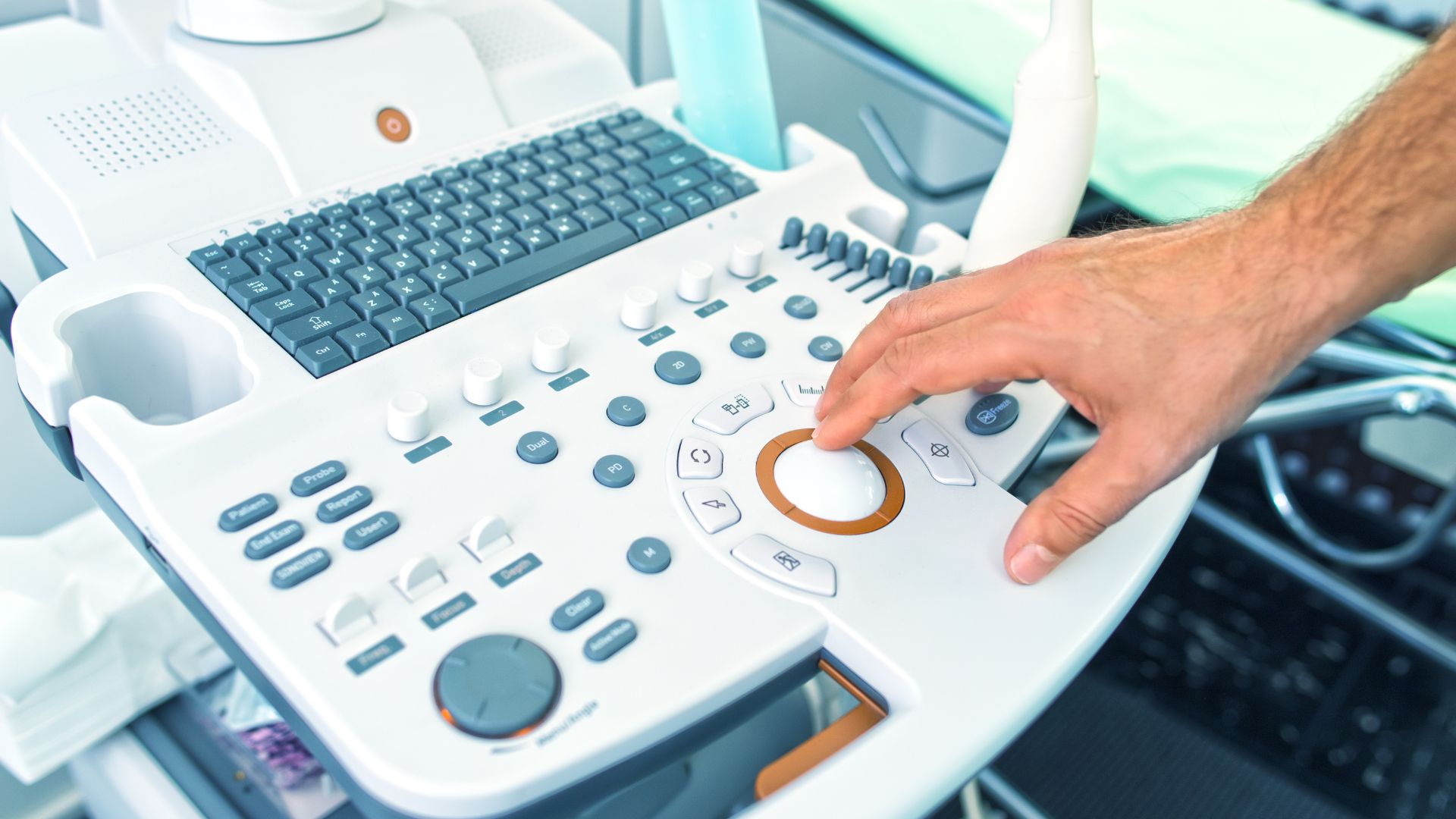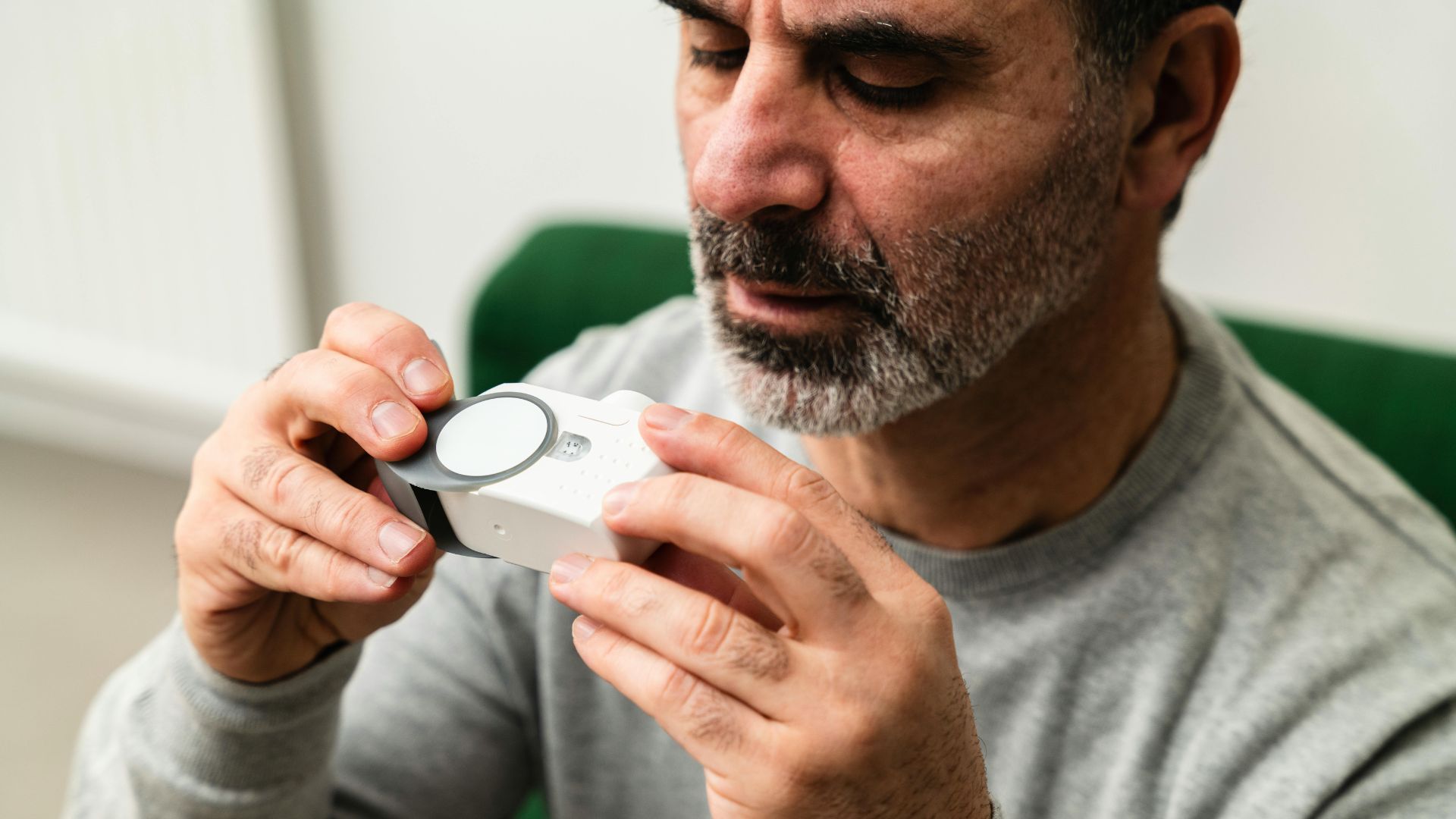Dental lasers—used for soft tissue surgery, cavity preparation, periodontal therapy & teeth whitening—are regulated as medical devices by the FDA. Because these devices emit radiation & interact directly with oral tissues, they must meet strict safety, classification & labeling requirements. Manufacturers that fail to comply may face Import Alerts, detentions & regulatory enforcement actions.
How the FDA Classifies Dental Lasers
Classification is based on the type of procedure & the depth of tissue interaction:
- Class II (Moderate Risk): Soft tissue lasers for periodontal procedures, diode lasers for teeth whitening & minor oral surgery lasers. These require 510(k) clearance.
- Class III (High Risk): Hard tissue lasers for cavity prep, CO₂ lasers for oral surgery & lasers used in bone regeneration. These require Premarket Approval (PMA).
- Radiation-Emitting Device (RED) Compliance: All lasers must meet FDA 21 CFR Part 1040.11 requirements through the Center for Devices & Radiological Health (CDRH).
Key FDA Compliance Requirements for Dental Laser Manufacturers
To legally market dental lasers in the US, manufacturers must:
- Register Their Establishment: Annual registration with the FDA is required.
- List Devices: Each laser must be listed under the registered establishment.
- Submit 510(k) or PMA: Depending on classification.
- Meet Radiation Safety Standards: Comply with FDA laser performance standards.
- Apply UDI Labels: For traceability & recall management.
- Validate Labeling & Advertising: Claims must be scientifically supported.
Common Compliance Challenges & Solutions
Understanding past compliance missteps can help avoid delays:
Case Study: Dental Laser Detained Due to Incomplete Radiation Testing
A soft tissue diode laser was placed on Import Alert due to missing documentation. The manufacturer had to:
- Conduct laser emission & eye safety tests.
- Update their Medical Device Listing.
- Consult experts to resolve compliance gaps.
Case Study: CO₂ Laser Misclassified, Leading to PMA Requirement
A CO₂ laser was incorrectly submitted as a Class II device. The FDA reclassified it as Class III, requiring:
- Clinical trials & extended safety data.
- A 12-month delay in launch.
- A 513(g) submission for future clarity.
Regulatory Considerations for Dental Laser Manufacturers
- FDA User Fees: Annual fees apply; Small Business Fee Assistance is available.
- Import Alerts: Noncompliant devices may be blocked from entry.
- Certificate to Foreign Government (CFG): Required for international distribution.
- Health Canada Licensing: MDEL may be required for Class I lasers in Canada.
Maintaining Compliance After Market Entry
Approval is just the beginning—manufacturers must:
- Submit eMDR Reports: Report adverse events.
- Use FOIA Requests: Gain insight into competitor filings.
- Maintain a Master File: Protect proprietary data.
- Engage Regulatory Consultants: Ensure continued compliance as policies evolve.
Illuminating a Clear Path to Market Success
Bringing dental lasers to the US market requires more than technology—it requires regulatory precision. Proper classification, validated radiation safety, UDI compliance & expert guidance help avoid costly delays & ensure lasting FDA approval.








